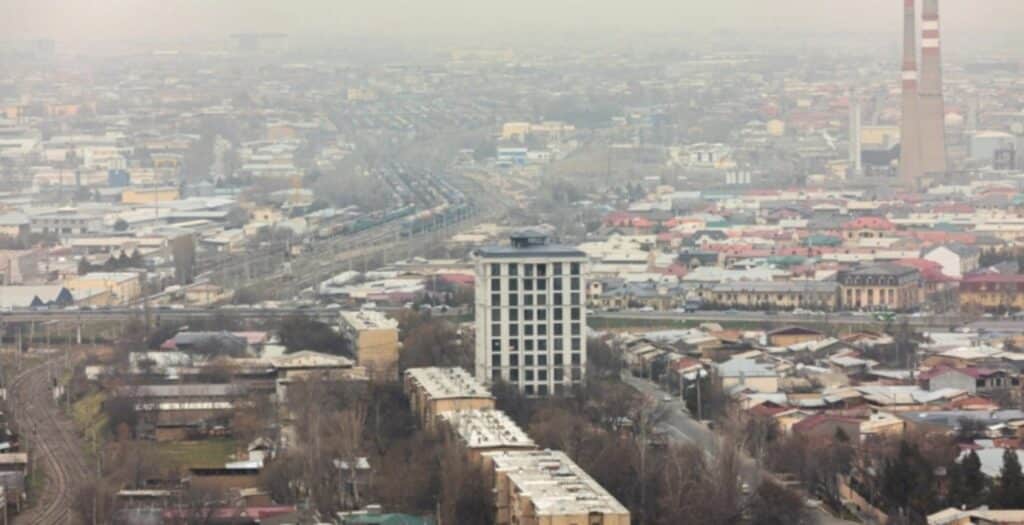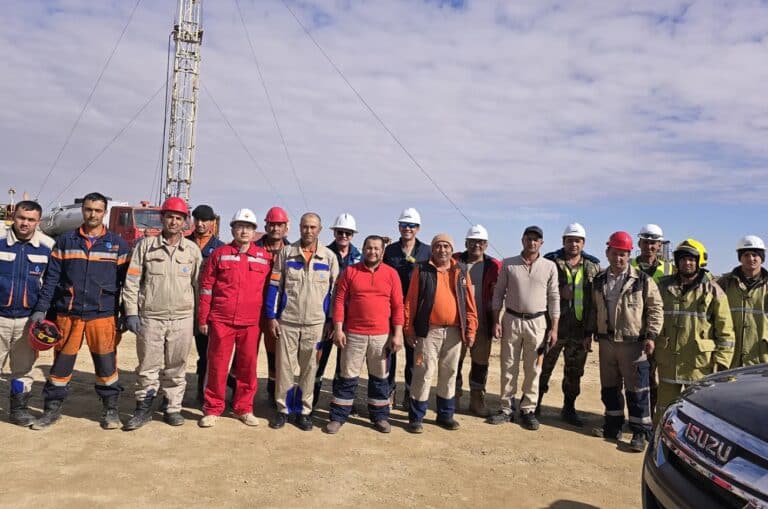
Tashkent’s air quality deteriorated sharply on Monday as a temperature inversion trapped pollutants over the city, pushing harmful particulate levels far above national safety limits, the Uzbekistan Hydrometeorological Service (Uzhydromet) reported.
Average PM2.5 concentrations soared to 202 µg/m³, more than triple the allowed 60 µg/m³, while PM10 levels climbed to 373 µg/m³, exceeding the threshold by about 20%. Residents across the capital reported a strong burning smell and reduced visibility.
Authorities urged people to limit outdoor activity and warned that poor air quality may persist for several days as adverse weather conditions continue. Similar pollution spikes are expected in other regions.
Uzhydromet said the sudden surge was caused by a temperature inversion, where cooler air is trapped under a layer of warmer air, preventing pollutants from dispersing. The event follows several days of relatively acceptable air quality.
Tashkent has long struggled with particulate pollution. World Bank data identify key human-made PM2.5 sources as residential heating, transport and industry, with windblown dust adding to the problem during summer months. Annual averages remain far above the WHO guideline of 5 µg/m³.
The latest pollution episode has driven commercial demand for air purifiers and masks, with retailers reporting sales jumps of 35% and nearly 100% respectively. Officials say similar air-quality crises will likely recur without long-term emissions reductions.
Kursiv Uzbekistan also reports that Uzbekistan’s special economic zones (SEZs) produced industrial goods worth approximately $3.75 bn in the first nine months of 2025, according to the National Statistics Committee. In the same period in 2024, production totalled around $2.63 bn.













